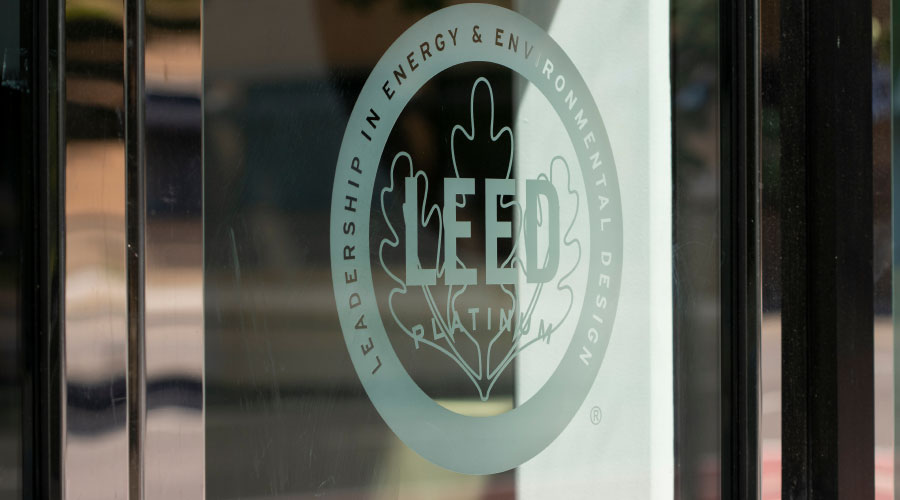Success Of Sustainability Initiatives Often Hinges On Reaching The Right People
2. Target the right people. It's important to engage with the entire building population on a meaningful level, but it's also important to conduct targeted outreach with key individuals who have the power to influence others and approve specific sustainability initiatives.
Pair this with the first strategy to avoid situations that are heavy on talking and organizing but low on action. Several facility managers reported that green teams (where tenant volunteers meet regularly about sustainability) were less than successful. The reason being that while the attendees cared about sustainability, they didn't have the influence to move anything forward. Ultimately, the green teams disbanded because nothing tangible could get accomplished, and people lost interest because they had no taste of success.
Forming partnerships with the right people within the organization helps solve for this. Many companies already have corporate sustainability policies or someone on staff with a sustainability title. One property manager suggested using LinkedIn to figure out who wrote those policies or who has that title. Even if that person isn't located in your building, finding them and engaging them directly can have huge dividends for completing sustainability initiatives in your own facility.
3. Follow up outreach efforts with a specific call to action. One property manager described a green education event with a lobby installation of eight-foot tall acrylic boxes filled with paper to represent the amount of paper recycled by the building every week. The display was large and unexpected, and it spurred a lot of interaction between tenants (and a lot of photo taking). It seemed like an incredibly successful event, but it didn't end up having an impact on recycling rates at the building.
Many property management teams have experienced a similar situation — you put in a lot of time, effort, and money to plan and execute a green education event. Attendance is high and people seem excited about sustainability. But then nothing happens. Recycling rates stay the same, energy use stays high, and people still don't take the train.
Following up your outreach efforts with a specific call to action helps. Once you have people's attention, use that point of opportunity to get people to do something. One well-known way to achieve this is to ask people to make a public pledge, even a small one, to adopt a sustainable behavior. Public pledges are considered a type of "commitment device," which are a means for formalizing a decision-making process that leads to a desired outcome in the future. Basically, people are more likely to change their behavior if they've made a pledge to do it (and even more likely if that pledge is public) and know they are accountable to that pledge.
Related Topics:














